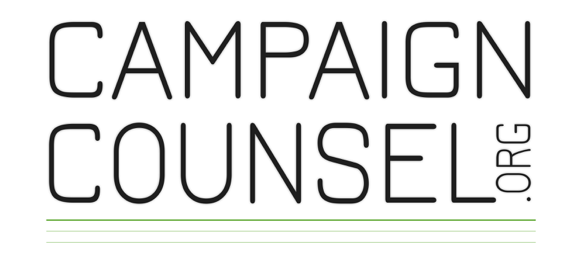3 Ways to Keep Your Capital Campaign Quiet
You may be surprised to learn that capital campaigns are quiet events.
The first thing many community members hear about a nonprofit’s capital campaign might come through a direct mail piece, a social media post with a Give Now button, or an exciting “kick-off” event covered by the local TV news. What you know if you’ve been through a capital campaign is that by the time the average citizen is getting this message, about 90% of the capital campaign’s goal has already been raised.
That’s because capital campaigns are, for the most part, quiet.
We don’t want to tell the world about our plans until we have proven our ability to raise multi-millions and reaching the goal is well in sight. Initially, capital campaigns focus on lead gifts, which come from individuals, corporations or foundations that are willing and able to give at a level of at least 10 percent of the campaign goal. So, in a $10 million campaign, those are donors who you believe will give $1 million or more.
As you can ascertain, approaching someone for a $1 million gift requires much more than a social media post. While campaigns create a lot of excitement inside your organization and in your community, don’t announce yours prematurely.
Here are the top ways to keep your capital campaign quiet.
1. One-on-one meetings.
Your campaign will begin by reaching out to your established donors, people who have made gifts to you in the past and who know and love your organization. They want to give because they believe in your nonprofit and want you to succeed. To maximize their giving to the campaign, you will need to sit down with them to explain the project, the campaign, and the importance of a multi-year pledge. You will ask them to seriously consider the very best that they can do for the campaign, and you will ask for a specific amount or for a gift within a specific range. This is something that most effectively done face-to-face.
This first group also may include people who have participated in your feasibility study and have expressed the desire to be a lead-gift donor. Approaching them again in person is vital to successfully transitioning that desire to a gift to the campaign.
Next comes donors who do not know your organization very well. It’s important to remember that people give to people. Through the recruitment and development of your capital campaign committee, you should be constantly gathering a team that has personal ties to all those prospective donors you need to educate about the campaign. That creates the opportunity for one-one-one meetings with someone they know and trust who can share with them your vision for the future.
These meetings allow donors to get the full experience and understanding of your project. You will show them the campaign video, highlight key parts of the brochure, and make a confident ask at a level that you think would be meaningful for that donor.
2. Personal contact
Word will seep into the community about your campaign inevitably because people are excited, and that’s great. When people contact your organization about wanting to give, that creates the opportunity for you to establish personal contact with them and set up that one-on-one meeting. There, you can show them your beautiful video and explain how the project meets needs while benefiting the community. You also can ask them to consider a specific gift or pledge at meaningful level, which may increase the size of the gift they were first inspired to contact you about.
If one of your prospects mails you a check out of the blue, then thank them for that gift and ask if you can sit down and discuss the impact their gift will make. During that one-on-one meeting, discuss multi-year pledges and if they might be interested in committing to a yearly pledge at or near the level of the check they wrote to you.
3. Keep the campaign away from your website and social media accounts
We know it feels counterintuitive to purposely keep this kind of news quiet. It’s so easy now to add a “Donate Now” button to your website or schedule a series of social media posts. However, in effective and efficient capital campaigns, more that 80% of the funds raised come from fewer than 20% of donors to the campaign. This is the time to concentrate on getting the largest gifts possible from those donors who have the means to offer you that major level of support.
You would hate for a major donor to see your social media post and make a quick $1,000 online gift, when a personal meeting could have inspired a $100,000 gift or pledge.
After you have contacted all your lead-gift donors and prospective major-gift donors and your campaign has reached 90% of its goal, then you will begin a public phase. That’s where the TV news coverage of your public phase kick off comes in. That’s when you email all your donors with the message that every gift is important to completing the campaign and the social media posts start flying. The “Donate Now” button is vital at that point, but only after you’ve reached the bulk of your goal.
Don’t worry, it’s just for now
The excitement created by capital campaigns and the projects they support is palpable. You can feel the energy of their potential as fundraising vehicles. However, take a step back, follow the capital campaign process, and keep it quiet for now. Your campaign will be most successful if you do.
If you liked this article, you also might like to learn more about Communicating Your Capital Campaign to the Right Audience at the Right Time.
Would you and your board benefit from learning about the capital campaign process? Talk with us about our free capital campaign workshop and how it might help. Or explore our other free resources.
Kevin Wallace is president of CampaignCounsel.org.







